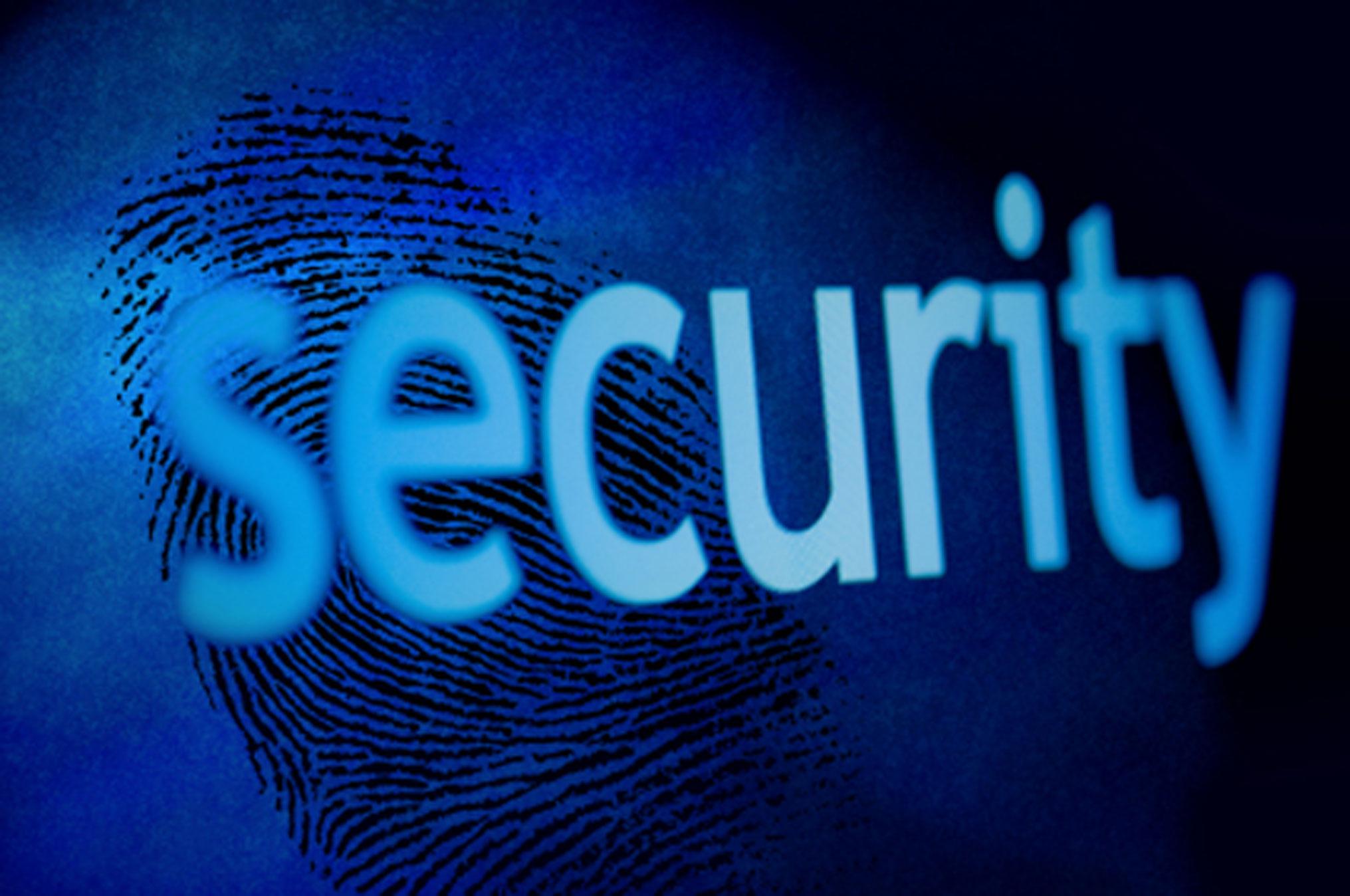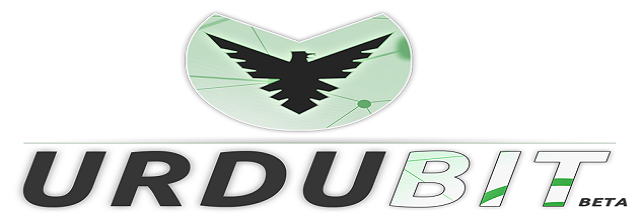IoT Insecurity: Safeguarding Your Smart Devices from Cyber Threats
Introduction
In our increasingly interconnected world, the prevalence of IoT devices has skyrocketed, seamlessly integrating technology into our homes and businesses. From smart thermostats that adjust the temperature according to our preferences to security cameras that provide real-time surveillance, IoT devices have undoubtedly transformed the way we live and work. However, with this convenience comes a critical concern: IoT security. This article delves into the imperative topic of IoT insecurity, targeting a diverse audience that includes homeowners, business professionals, developers, manufacturers, cybersecurity enthusiasts, and those seeking the expertise of top dissertation writing services.
Understanding IoT Insecurity
The Internet of Things (IoT) refers to the network of interconnected devices that communicate and exchange data over the internet. Its significance lies in its ability to streamline tasks, enhance efficiency, and improve convenience across various domains. Yet, this remarkable advancement isn't without its pitfalls. The emergence of cyber threats targeting IoT devices poses a significant challenge. Malicious actors exploit vulnerabilities in these devices to unleash a myriad of threats, ranging from malware infiltration and botnets orchestrating Distributed Denial of Service (DDoS) attacks to unauthorized access compromising user privacy.
Challenges Faced by Homeowners and Smart Device Users
For homeowners and users of IoT devices, the convenience these devices offer is undeniable. Smart thermostats that adjust the temperature according to your preferences, voice assistants that respond to your every command, and security cameras that offer peace of mind. However, these devices also present vulnerabilities that can be exploited by cybercriminals. Weak default passwords and lack of firmware updates are common entry points for attackers. Real-world instances of breaches emphasize the critical need for securing our smart homes, where one breach can compromise personal data and privacy.
Securing Smart Homes
To fortify our smart homes against cyber threats, several measures must be adopted. Strong password policies are a fundamental step, ensuring that default passwords are changed to complex combinations. Regular firmware and software updates must not be overlooked, as they often contain patches that address known vulnerabilities. Network segmentation, the practice of isolating IoT devices from critical networks, prevents attackers from moving laterally within your network. Privacy considerations are vital, as smart devices collect sensitive data that must be safeguarded.
Business Owners and IT Professionals: Protecting Business Environments
For small and medium-sized business owners, integrating IoT devices can streamline operations and enhance customer experiences. However, these advantages come with unique security challenges. Protecting customer data and ensuring the continuity of critical business operations is paramount. To address these challenges, businesses must implement robust cybersecurity practices. This includes securing IoT networks, encrypting sensitive data, and adhering to industry-specific regulations to maintain compliance.
IoT Developers and Manufacturers: Building Secure Devices
The responsibility of ensuring IoT security doesn't rest solely with end-users; it extends to developers and manufacturers. As creators of these devices, they must prioritize security from the design phase. Secure development practices involve conducting thorough security assessments, implementing encryption protocols, and adhering to industry standards. Furthermore, supply chain security considerations prevent compromised components from undermining the overall security of the device.
Cybersecurity Enthusiasts: Enhancing Knowledge
For those passionate about cybersecurity, the realm of IoT presents a dynamic and evolving landscape to explore. Numerous resources are available for learning about IoT security, including online courses, research papers, and community forums. Joining IoT security communities allows enthusiasts to engage in discussions, share insights, and stay updated on emerging threats and trends. By continuously enhancing their knowledge, cybersecurity enthusiasts contribute to the broader goal of strengthening IoT security.
Legal and Ethical Considerations
As IoT devices become increasingly integrated into our lives, legal and ethical considerations arise. Liability for IoT security breaches is a complex issue that demands examination. Ethical considerations pertain to the responsible development and deployment of IoT devices, ensuring that privacy is respected and potential harm is minimized. Legal frameworks surrounding IoT security are evolving, requiring stakeholders to stay informed and adapt to changing regulations.
Conclusion
In the era of IoT, the security of our smart devices is paramount. Regardless of whether you are a homeowner, a business professional, a developer, a manufacturer, or a cybersecurity enthusiast, the responsibility to safeguard these devices is shared. By understanding the challenges, implementing best practices, and staying informed, we collectively contribute to a safer IoT ecosystem. As the IoT landscape continues to evolve, proactive measures ensure that the conveniences these devices provide are not overshadowed by security concerns.













